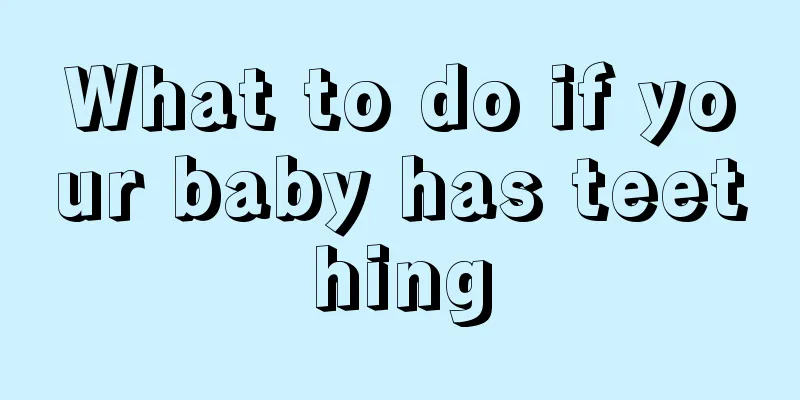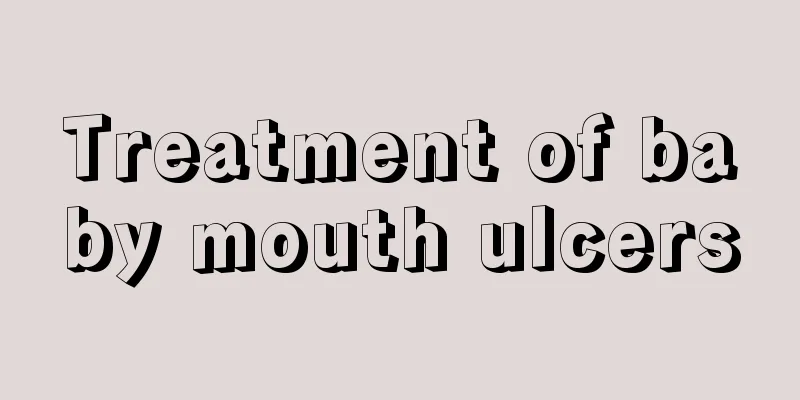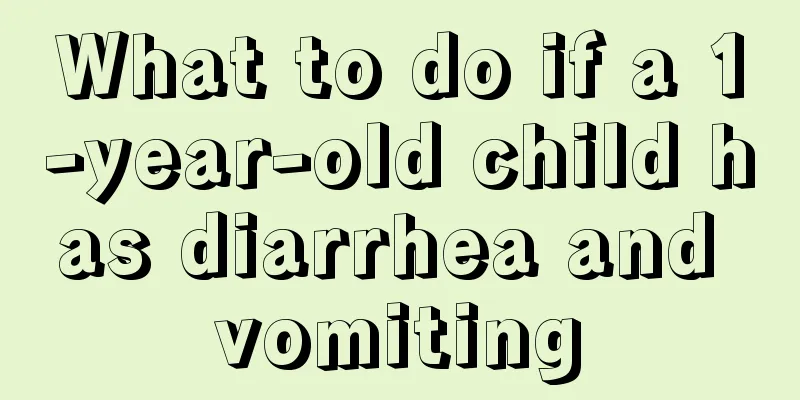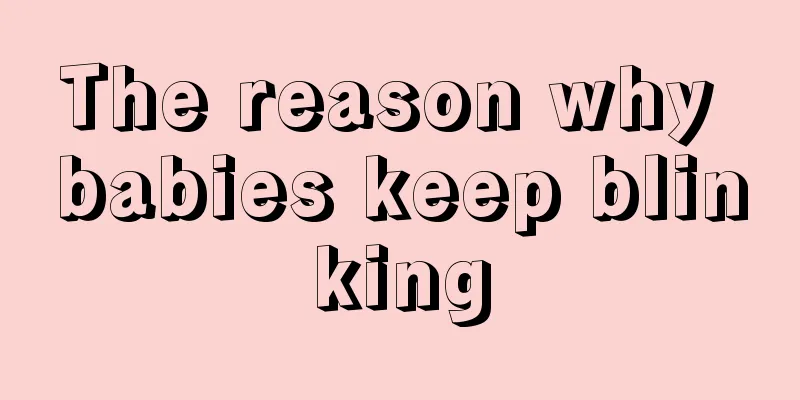What to do if your baby has teething

|
Teething is an important milestone in a baby's growth process. Usually the process goes smoothly, but some babies may experience symptoms such as fever, diarrhea, dehydration, drooling, skin rash and gastrointestinal discomfort during teething. So when a baby grows its first tooth, parents are both happy and worried. So, what should we do if our baby has an overbite when teething? How to treat it? Let us learn more about it in detail through the following article. For anterior crossbite in young children, the principle of correction is to eliminate the cause as early as possible and adopt different correction methods according to different causes. For some patients with crossbite, the bite-pry method can be used. It is simple and easy to perform. You only need to select a wooden stick (a popsicle stick will do) that is slightly narrower than the width of the teeth to be corrected and has a certain degree of elasticity. Under the supervision of the parents, let the child place the wooden stick between the upper and lower teeth to be corrected and bite them. Through the lever force of the wooden stick, the upper teeth are slowly pushed to the outside of the lower teeth. It is necessary to be careful not to use too much bite force, and the gum tissue of the crossbite teeth should turn slightly white and the child should feel swollen. If you can persist in repeating this action rhythmically about 20 times before each meal, you will see results after 1 to 2 weeks. Another common method is to use a chin cap and headgear to correct anterior crossbite. There is a retractor at each end of the chin pocket, and an elastic ring is hung between the retractor and the retractor at the corresponding position on the head cap, which pulls the lower jaw backwards through the elastic force. It is best for children to wear the glasses intermittently for 12 to 14 hours a day. The pulling force varies depending on the cause of the anterior crossbite and requires specific guidance from the doctor. Chin caps and head caps cost only a few dozen yuan, are less painful, and are easily accepted by children. Other correction methods include maxillary or mandibular mobility and fixed appliances, which need to be selected after examination by a professional physician. Most of these treatments are painless, so parents should not worry and delay the best time for correction. What should I do if my baby has an overbite when teething? After reading the above article, I believe you have gained a certain understanding. You can take your child to the dentist for a dental checkup every six months when he or she is around one year old. This will help your child become familiar with the dental environment so that he or she will not be afraid of visiting the dentist in the future. On the other hand, the dentist can provide oral hygiene guidance and dietary advice at different stages. |
<<: How to treat tooth decay in children
>>: What is the reason for delayed teething in babies?
Recommend
Black spots on the child's face
Generally, children have very good skin, which lo...
What are the dangers of excessive foreskin in adolescents
Generally speaking, surgical treatment is often u...
Symptoms of pneumonia in children
Children's defense system is always relativel...
Milk quantity for one year and 3 months old baby
For babies aged one year and three months, the am...
Why does my baby cough so much when sleeping at night?
Generally speaking, babies need to be well cared ...
Treatment for babies who suddenly wake up from sleep
As parents, we are all worried when our children ...
What is the correct way to bathe a baby?
We know that parents are very concerned about the...
A three-year-old child has yellow eye mucus?
In life, everyone has eye boogers, especially in ...
Black streaks in baby's stool
We all know that babies cannot eat many foods whe...
Is it good for children to drink crucian carp soup?
Because children are young and their physical con...
What should I do if my nine-month-old baby is constipated?
Most babies have been weaned and are starting to ...
How to solve the problem of anal redness in children
Careful mothers will find that the skin around th...
Four major misunderstandings of parents about children's education
Early education for children aged 3 to 6 is a per...
What should children eat when they have stomach pain?
Children often have problems of one kind or anoth...
What are the white spots on the baby's neck?
Babies have weak physical conditions and their im...









